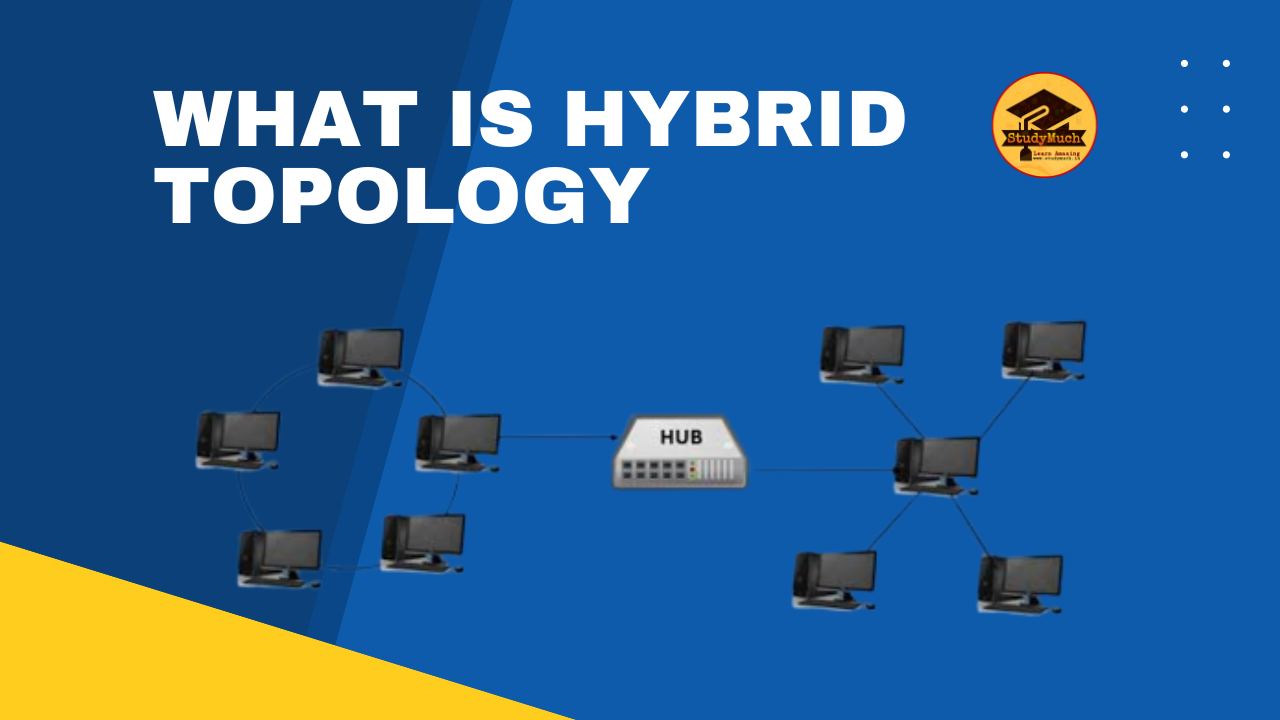What is Hybrid Topology

What is Hybrid Topology: Understanding Hybrid Topology
In the world of computer networks, topology refers to the physical or logical arrangement of devices and connections. Different topologies are used to establish reliable and efficient communication networks. One such topology gaining popularity is the hybrid topology, which combines the strengths of multiple topologies to create a robust and flexible network infrastructure. In this blog post, we will explore the concept of hybrid topology, its benefits, and its implementation in various scenarios.
What is Hybrid Topology?
Hybrid topology, as the name suggests, is a combination of two or more traditional network topologies. It takes advantage of the strengths of each individual topology while minimizing their weaknesses. By incorporating multiple topologies, hybrid topology provides a more reliable and adaptable network structure suitable for complex and demanding environments.

Characteristics of Hybrid Topology
Redundancy: One of the primary advantages of a hybrid topology is its ability to provide redundancy. Redundancy ensures that even if a single component or link fails, the network remains operational. By integrating redundant links and devices, hybrid topology improves fault tolerance and minimizes the chances of network downtime.
Scalability: Hybrid topologies offer scalability, allowing the network to grow and adapt to changing requirements. It can accommodate additional devices and handle increased traffic without compromising performance. This flexibility makes hybrid topology an excellent choice for organizations experiencing rapid growth or expecting future expansions.
Performance Optimization: Hybrid topology enables network administrators to optimize performance by strategically assigning resources and traffic paths. It allows for load balancing, where traffic can be distributed across multiple paths to prevent congestion and maximize throughput. This capability is especially valuable in networks with varying traffic patterns and varying device capabilities.
Customization: Hybrid topology provides the freedom to customize network design based on specific needs. Different areas of a network can be configured with different topologies, depending on factors such as geographical location, device capabilities, and connectivity requirements. This customization helps in tailoring the network infrastructure to meet specific business objectives.
Implementing Hybrid Topology
To implement a hybrid topology, network administrators must carefully plan and design the network structure. The following are some common examples of hybrid topologies:
- Star-Bus Hybrid: This hybrid combines the simplicity of a star topology with the scalability of a bus topology. It involves connecting multiple star topologies via a central bus backbone. The star-bus hybrid is commonly used in larger networks where multiple smaller networks need to be interconnected.
- Star-Ring Hybrid: This hybrid combines the star and ring topologies. In this setup, multiple star topologies are connected in a circular ring fashion. It provides the redundancy of a ring topology while leveraging the scalability of a star topology.
- Mesh-Bus Hybrid: This hybrid combines the redundancy of a mesh topology with the simplicity of a bus topology. It involves creating a mesh network of interconnected devices while utilizing a bus backbone for communication. This hybrid is often used in critical applications where fault tolerance is crucial.
Benefits of Hybrid Topology
Enhanced Reliability: Hybrid topology minimizes the risk of single points of failure by incorporating redundant paths. This redundancy ensures that if one link or device fails, alternative routes are available, maintaining network availability and minimizing downtime.
Improved Performance: By distributing traffic intelligently across multiple paths, hybrid topology optimizes network performance. It prevents congestion, reduces latency, and ensures efficient utilization of available resources.
Flexibility and Scalability: Hybrid topology allows for easy scalability and flexibility to accommodate changes in network requirements. New devices can be seamlessly integrated, and the network can adapt to evolving needs without significant disruptions.
Cost-Effectiveness: Hybrid topology offers cost advantages by combining different topologies and leveraging their respective benefits. It eliminates the need for a complete overhaul of existing infrastructure and allows organizations to make efficient use of their existing resources.
Conclusion
Hybrid topology is a powerful approach to building reliable, flexible, and high-performance networks. By combining the strengths of multiple topologies, it offers enhanced redundancy, scalability, and customization options. As technology continues to evolve, hybrid topology is expected to become even more prevalent, catering to the growing demands of modern network environments. Organizations should consider the benefits of hybrid topology when designing their network infrastructure to ensure efficient and robust connectivity.
Learn More;



0 Comments